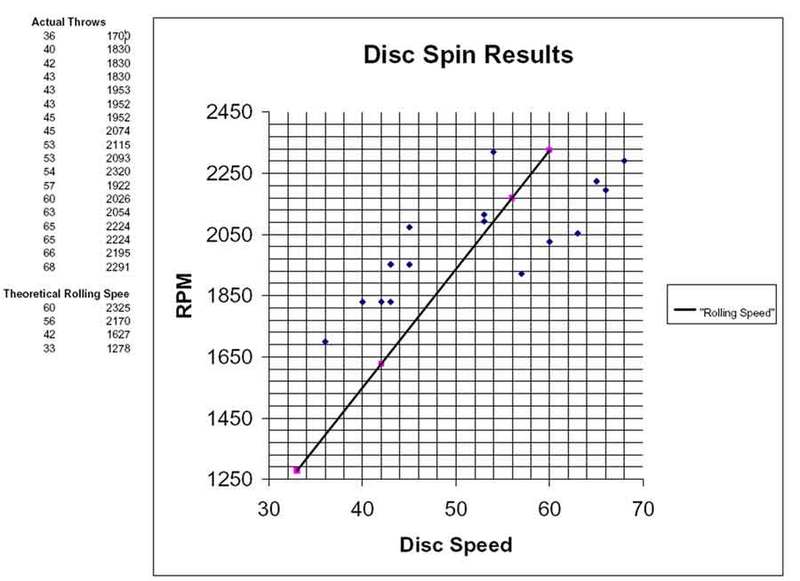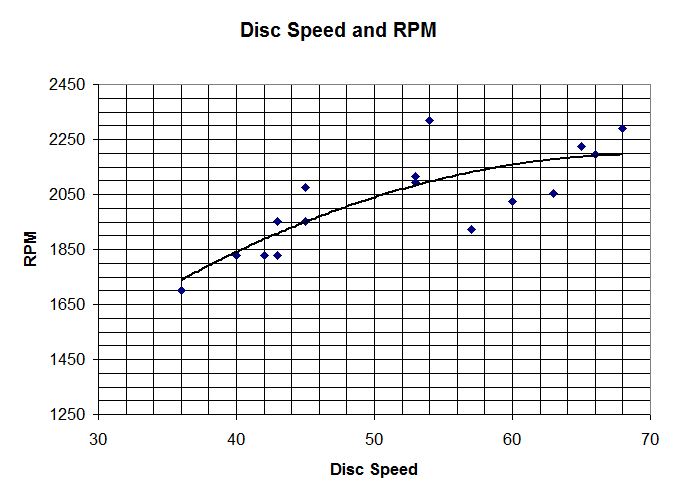Blake_T said:I have noticed a lot of problems relating to disc pivot lately and have encountered it in a few lessons lately.
I think most people don't understand the disc pivot. I believe most people think you should allow the disc to pivot around the index finger in the hand by gripping loosely and letting it swing around.
that is false and will most certainly lead to micro slipping, if not major slipping.
the pivot does happen a little bit. it is not something you try for, it is incidental. It happens because you do other things correctly.
allowing for a loose pivot is pretty counter-productive. the pivot yields strength to the throw because it doesn't happen loosely.
the outer edge of the disc SHOULD come around. it SHOULD come around because you are pulling it around. read that again: pulling it around. that is not the same as letting it swing around.
if you aren't throwing 440'+ (driver power, or equivalent), you should not be getting much, if any, pivot. a strong pivot is a sign of full hitting. aka "actively unloading" aka "hitting the 'out motion'."
the idea is that the lock fingers LOAD tension. if you let the disc slide off loosely, there's no tension to be loaded.
a correct motion/timing forces the lock finger tension to unload as you TUG THROUGH the pivot with the rip point.
your rip finger should not feel any "pull" by the disc. the rip finger should feel like it's "pushing" the disc. in those cases, your pivot has occurred correctly.
i hope this sheds some light on things but i have a feeling it has opened a new can of worms
My question is specifically about the bolded, but I rediscovered the "Myth of Disc Pivot" thread yesterday; it is excellent, fyi.
https://www.dgcoursereview.com/dgr/forums/posting.php?mode=quote&f=2&p=393708
So, can anyone shed any light on what would make your finger feel like it's "pushing" the disc? Is this meaning that your finger should be moving faster than the disc?

